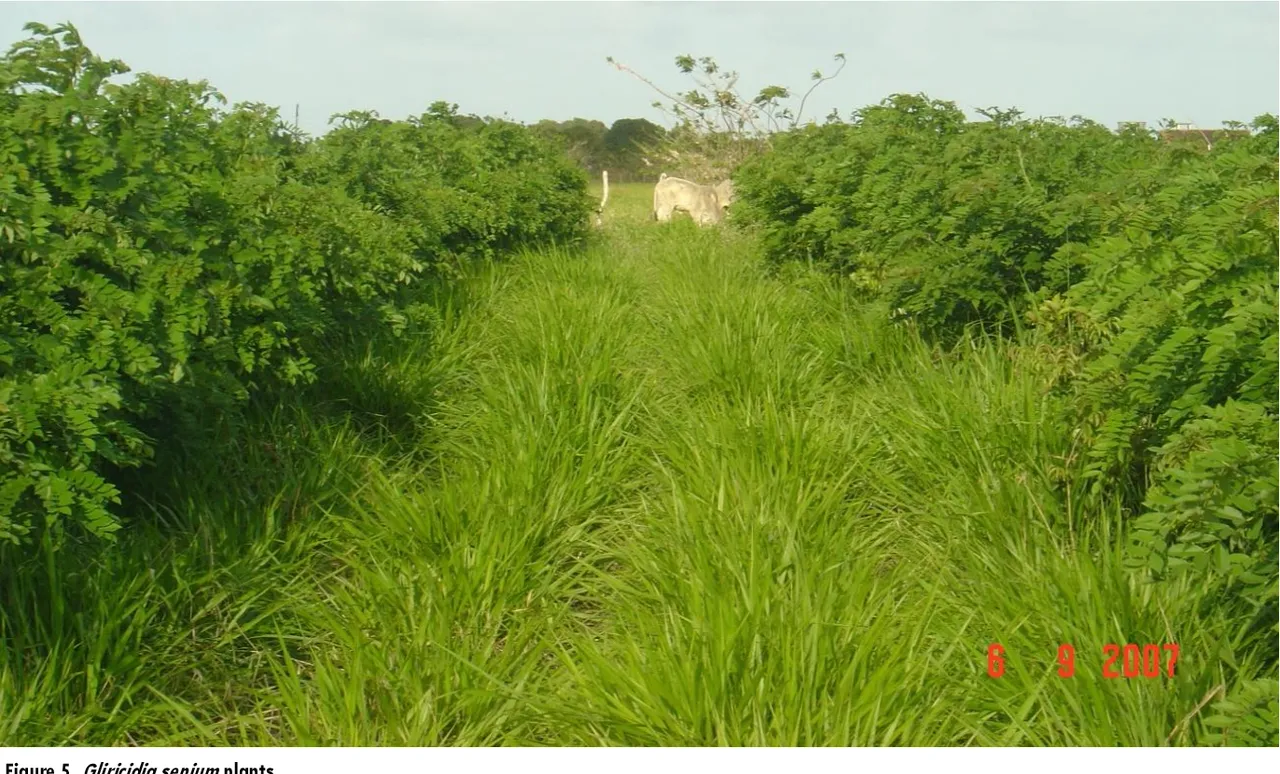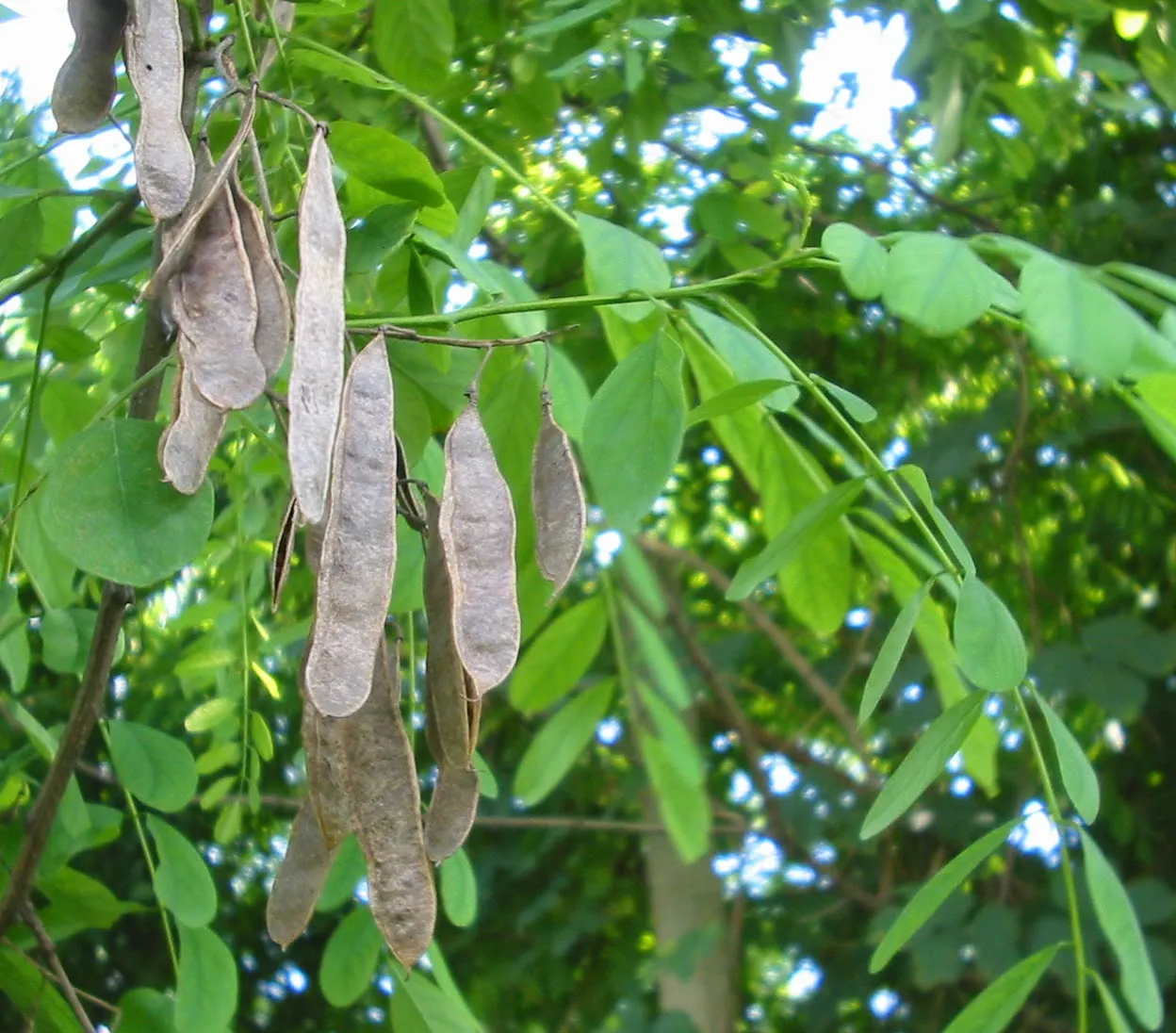Among the arboreal legumes, Leucaena leucocephala stands out for its wide geographic distribution, rapid adaptation to contrasting climate and soil conditions and high biomass quality.



▶ It is a very resistant and tolerant species that admits its cultivation in many kinds of soils, with the exception of very waterlogged or acid soils. It multiplies by seeds, which it produces in abundance, but they must undergo previous treatments to soften the covers if an acceptable and regular germination is desired, taking into account that one of the main limitations of arboreal plants is their slow growth in the establishment phase.

▶ Credits: vancouverislandgrows – [Image of Public Domain]
≕ I invite you to stay tuned and read my next contribution ≔
There is little information on the use of leucaena in its nursery stage and its use in cattle feed is also prohibited, since this species is very important in agriculture due to its high grain production, the property of fixing nitrogen to the soil, and the high protein content in its aerial parts.
Therefore, it is important to implement nurseries although one of the limitations is the high cost involved in installing it, but it has the advantage of ensuring a high survival rate and fewer weed problems because it is managed under controlled systems and supervision.

Thus, the necessary conditions that the plant requires for the moment of its transplant to the field are known, taking into account the use of organic fertilizers to help in its growth and development stage.